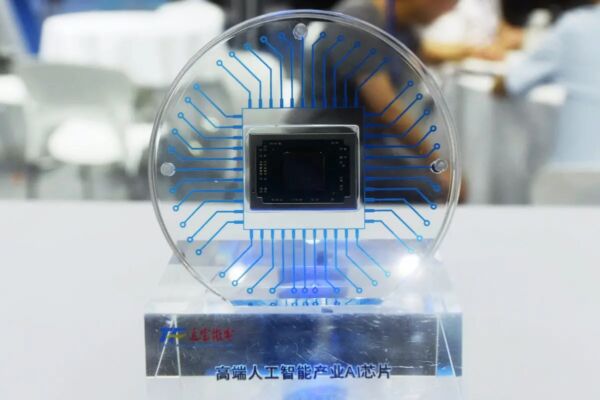With the United States tightening its export control policies on China’s chip industry, China is facing significant challenges in the development of Electronic Design Automation (EDA) software, a crucial sector in the global semiconductor market.
Electronic Design Automation software plays a vital role in the semiconductor industry, and Washington first restricted the Chinese Communist Party’s access to this technology in August 2022, prohibiting the export of such technology or EDA software to China.
These export controls have hindered Chinese chip designers and manufacturers from effectively developing and testing chips, thus impacting their competitiveness in the global semiconductor market.
According to a report by the Financial Times, G Dan Hutcheson, Vice President of TechInsights, an industry information platform in the semiconductor sector, stated, “EDA is the key to entering the kingdom (of the semiconductor industry), like an artist conceptualizing a painting but cannot realize it without paint and brush.”
The global EDA field is dominated by three US-based companies: Synopsys, Cadence (also known as Yihua Computer), and Siemens EDA (formerly Mentor Graphics), the latter now owned by the European giant Siemens. These companies produce nearly all software required for designing, manufacturing, and testing the most sophisticated chips.
Data from Shanghai-based consulting firm ICWise Research shows that these three US companies hold almost 80% of the market share in China’s EDA market.
Faced with extensive export controls from the US, the Chinese Communist Party has been forced to invest heavily in the semiconductor industry, but progress in mastering EDA technology has been slow. A decade ago, China spent billions of dollars initiating a large-scale chip manufacturing movement, which fell short of its goals.
Goldman Sachs research report indicates that in the next decade, China’s EDA industry would need to invest at least $9 billion annually in research and development to catch up with global leaders. This is 29 times the expenditure in 2023.
In China’s latest five-year economic plan “14th Five-Year Plan” (2021-2025) released in 2021, chip design software was identified as a top priority for technological breakthroughs in the semiconductor industry. However, the government-led approach of the Chinese Communist Party has stifled innovation in the private sector, failing to bring about the intended technological advancements.
Despite strong support from the Chinese Communist Party, major domestic EDA firms – X-EPIC, Empyrean Technology, Primarius, and Semitronix – still have negligible market share globally. According to Insight and Info, these companies held less than 2% of the global market share last year.
These companies heavily rely on government subsidies, with Empyrean Technology receiving a subsidy of 77 million Chinese yuan, where 79% was spent on research and development. In comparison, US companies like Synopsys and Cadence typically allocate R&D expenses between 30% and 40% of their revenue.
Nevertheless, due to the lack of leading EDA software tools, even relatively simple chip designs by Chinese designers still rely on tools from the US. Many semiconductor companies are finding it increasingly difficult to stay afloat.
Reports from mainland China indicate that X-EPIC, a leading EDA company established in 2020, was listed as a key supported startup by the Nanjing municipal government in May of this year. The company started layoffs in July, affecting different departments, including the core research and development department, with a high layoff rate of up to 50%. X-EPIC confirmed internal “strategic contraction” but denied the 50% layoff rate.
Last year, the company faced legal issues for setting up an office in Taiwan privately, using Force Information Technology Company to recruit talent and pay salaries, allegedly illegally poaching high-tech talents in Taiwan, leading to prosecution by the Taipei District Prosecutors Office.
(Adapted from relevant reports by the Financial Times)

